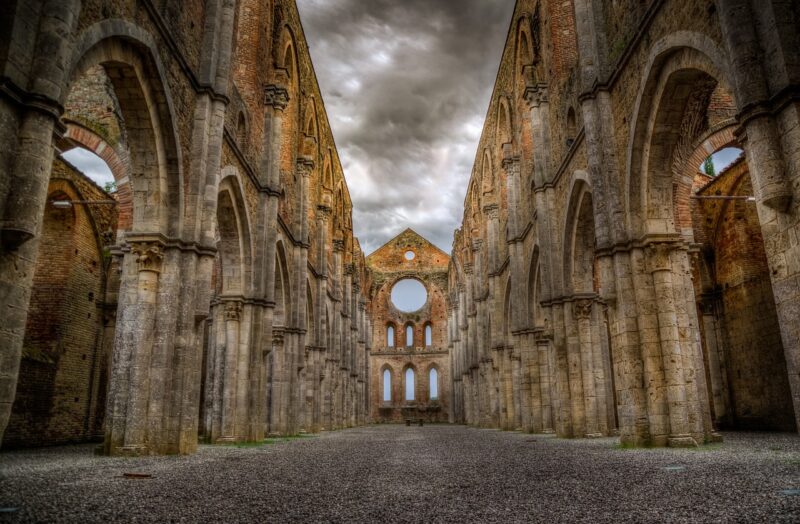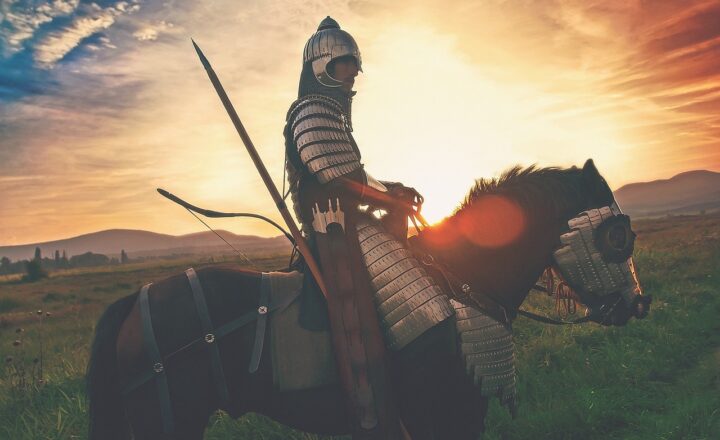The Lost Civilization of Carthage and Its Legendary Military Power
November 15, 2024

Carthage, an ancient civilization located in North Africa, was once one of the most powerful cities in the Mediterranean. Founded by Phoenician settlers in the 9th century BCE, Carthage flourished as a major trade hub and became synonymous with maritime prowess and military might. While its influence extended across the seas, its eventual downfall against Rome offers valuable lessons in resilience, ambition, and the transient nature of power. In this article, we’ll delve deep into the rise, military strategies, and ultimate demise of Carthage, exploring its storied past and the legacy it left behind.
1. The Rise of Carthage: A Trading Power
Carthage began as a Phoenician colony in present-day Tunisia, strategically positioned along the trade routes between Europe, Africa, and the Middle East. Its location allowed it to prosper as a trade hub, connecting various cultures and economies.
1.1. Economy and Trade
Carthage’s economy was diverse, rooted in agriculture, trade, and manufacturing. The city produced goods like glassware, textiles, and metalwork, while also thriving on commerce with far-off lands. Mercantilism was at the heart of its economy, with Carthaginian merchants establishing trade relations with societies from the Iberian Peninsula to Sub-Saharan Africa.
Carthaginian maritime technology was advanced, with ship designs that facilitated trade and military expeditions. Merchant vessels outfitted for both commerce and warfare played a pivotal role in expanding wealth, leading to significant investments in naval power.
1.2. Cultural Synthesis
Carthage was not only a trading empire but also a melting pot of cultures. The city attracted various peoples – Berbers, Greeks, and Romans, among others – fostering a unique blend of customs and traditions. This cultural synthesis was evident in its pantheon of gods, architecture, and artistic endeavors, which showcased influences from different regions.
2. The Military Might of Carthage
Carthage’s strength was built upon its military prowess, rooted in a combination of innovative tactics and formidable leadership. The city’s rise to prominence was accompanied by a commitment to military expansion and discipline.
2.1. Structure of the Military
The Carthaginian military comprised a mix of Punic citizens, mercenaries, and allied forces. Given the diverse cultures within its empire, Carthage leveraged specialized troops from different regions, including heavy infantry, cavalry, and war elephants.
*Cavalry Units:* Carthaginian cavalry, notably the Numidian horsemen, were crucial in battles due to their speed and shock tactics. Their agility allowed for quick maneuvers, making them a key asset in flanking enemy formations.
*War Elephants:* Carthage was renowned for its use of war elephants, which provided psychological and physical advantages on the battlefield. These majestic creatures were instrumental during battles, capable of trampling enemies and causing chaos among ranks.
2.2. Strategies and Tactics
Carthaginian military strategy focused on flexibility and adaptability. Unlike many ancient armies, Carthage relied on cheap, politically motivated mercenary forces, allowing it to maintain a large army without expending excessive resources on recruiting citizens.
*Cunning Tactics:* The Battle of Cannae in 216 BCE stands as a remarkable example of Carthage’s military genius under General Hannibal. Utilizing a double-envelopment maneuver, Hannibal encircled and defeated a much larger Roman army, demonstrating battlefield superiority through planning and execution.
*Naval Warfare:* Carthage held dominance over the seas due to a potent navy, enabling it to control trade routes and defend its maritime interests from rival states, particularly Rome. Their ships were built for speed and maneuverability, largely outclassing earlier Greek designs.
3. Carthage vs. Rome: The Punic Wars
Carthage’s military power was put to the ultimate test during the Punic Wars against Rome, a series of conflicts that would determine the fate of both civilizations.
3.1. The First Punic War (264-241 BCE)
The war began over control of Sicily and was primarily a naval conflict. Carthage initially had the advantage but gradually lost ground to Rome’s tenacity and resourcefulness. Tired and diminished, Carthage ultimately surrendered, leading to significant territorial losses and reparations.
3.2. The Second Punic War (218-201 BCE)
The stakes escalated dramatically with Hannibal’s daring cross of the Alps to invade Italy. His stunning victories at Trebia and Lake Trasimene solidified his position as one of antiquity’s most brilliant generals. However, despite early successes, the tide shifted after the Roman general Scipio Africanus decisively defeated Hannibal at the Battle of Zama in 202 BCE, marking the end of the war.
3.3. The Third Punic War (149-146 BCE)
The final conflict culminated in the complete destruction of Carthage. Rome, now emboldened and relentless, laid siege to the city. The war ended with the obliteration of Carthage, marking a tragic end for a civilization that once stood as the beacon of military excellence.
4. The Legacy of Carthage
Despite its destruction, Carthage’s cultural and military legacies endure. The strategic innovations employed by Carthaginian generals inspired future military thinkers, while its maritime prowess influenced naval strategies across centuries.
4.1. Influence on Military Strategy
Carthage’s tactics and strategies, especially those devised by Hannibal, served as foundational studies for military academies worldwide. The principle of using maneuver warfare and the importance of logistics gained prominence due to Carthaginian practices.
4.2. Architectural Legacy
Post Cannae, Roman architecture and urban planning significantly borrowed elements from Carthaginian designs, merging aesthetics with functionality in their own cities.
4.3. Modern Memory
Today, the ruins of Carthage serve as a testament to its storied past, attracting scholars and tourists alike. The site is recognized as a UNESCO World Heritage Site, preserving its legacy and allowing us to reflect on its complex history.
Conclusion
The story of Carthage is a poignant reminder of the cyclical nature of power in history. From flourishing as a dominant civilization to its fall and remembrance, Carthage represents the heights of ambition and the depths of defeat. Understanding its legacy encourages reflection on contemporary dynamics of power, trade, and cultural exchange. As we study the intricate tapestry that was Carthage, we gain insights into the enduring human spirit and the civilizations that continue to shape our world today.







